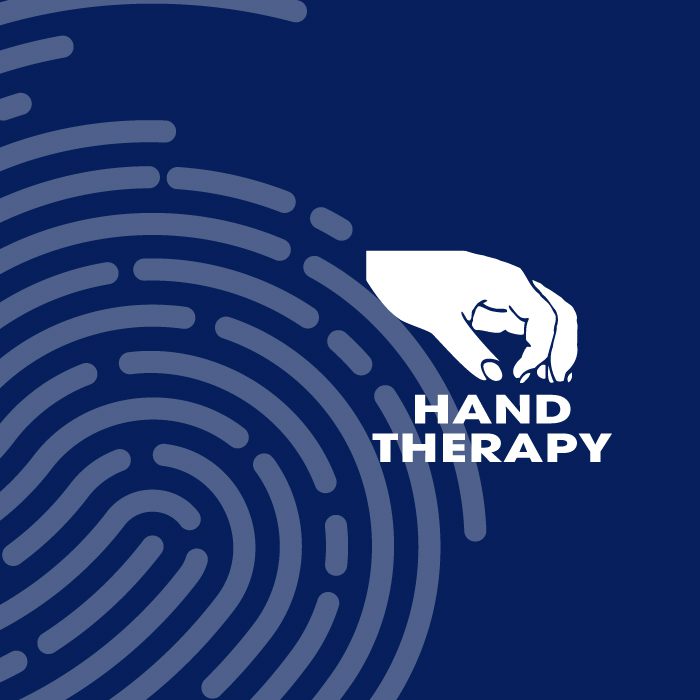The beginning of a New Year and the resolutions people make to improve their health and fitness often sees an increase and surge in gym memberships. The sudden increase in physical activity experienced by the body and in particular the wrist and elbow region can in some instances lead to the development of tendon pain. Understanding and managing tendon pain is important to ensure your new year resolution to improve your health and fitness doesn’t end within the first few weeks of your first gym session!
Tendons are strong bands of fibrous tissue that connect muscles to bone. For movement to occur, muscles pull on tendons which attach to the bone. Even though these tendons are strong and durable, they are still susceptible to injury.
Tendonitis is active inflammation in the tendon. It develops from overloading the tendon with excessive force, whereas tendinosis results from longer-term overuse of the tendon. Both of these conditions can be referred to as tendinopathies.
You don’t necessarily have to stop working out with overuse injuries. The key is to modify your routine to put less stress on the affected area. If you don’t, there is an increased risk of developing a chronic problem which can persist for months. In severe cases of tendinopathy, the tendon can rupture or tear.
If you have a tendinopathy affecting your elbow or wrist, you can still use the muscles in your lower body to get a good workout and maintain your fitness level. However it is better to lighten loads for a week or two on upper body resistance training and focus on stretching the muscles instead. Once the pain subsides, start back slowly using a lighter weight and gradually work up to heavier loads, so long as you are not experiencing pain. After working out, apply ice to the affected area.
Working on your cardiovascular fitness instead during this time will release the ‘feel good’ hormones called ‘endorphins’ and increase blood flow and oxygen delivery throughout the body. This can help with healing by increasing blood flow to and around the injured tendon. People with a tendinopathy affecting their wrist should avoid using rowing machines and cross trainers as the gripping required to operate this equipment can aggravate your wrist.
Avoid prolonged use of anti-inflammatory medications as there is some evidence that these medications slow the healing process. These medications also have side effects, which include causing irritation of the digestive tract, intestinal bleeding and increased blood pressure.
To treat and reduce the risk of developing a tendinopathy always warm up before working out to ensure your muscles and tendons are warm and ready to work. Strengthening the muscles that connect to the tendons and stretching them after they are warmed up helps to reduce the risk of tendon injury. Warming up and stretching becomes even more important as you age, as the connective tissues in the body become less resilient the older we get.
Discuss your training programme with your hand therapist if you are unsure what you should or should not be doing – they will be able to advise you. But most importantly, listen to your body and use pain as a guide. If it hurts – don’t do it!




